Ordering school furniture can be daunting, especially when spending so much of your school budget so it’s crucial to get it right.
School furniture must work within a variety of parameters and demands, including ergonomic, pedagogic, educational, technical and economical. With children spending most of their school day sitting down either writing, reading, listening and looking at the teacher the wrong furniture can cause musculoskeletal issues which continue into adulthood. Research shows that the most significant cause of lower back pain in children and adolescents is inappropriate furniture at school and in the home.
The problem with current school furniture
In most schools, current best practice is to encourage children to sit in the most upright position they can manage (the ‘right-angled’ position).
To help children “sit up straight” school furniture is designed with flat or backward sloping seats with vertical backs, which is not an ideal position for reading or writing activities. In the upright position, children are nowhere near enough to the book or paper on the flat desk to read or write comfortably or efficiently. To compensate, children end up bending the upper part of their body, forcing their neck and head down in an uncomfortable and harmful position.
The back problems caused by such an unnatural and unhealthy sitting position don’t tend to appear until the ages of 13-16 and worsen in adulthood.
The other issue many schools have with current classroom furniture is that they are sometimes using a variety of different furniture, which is often mismatched and does not support children’s health, comfort or learning style.
What’s the solution?
Whilst the effect of poor posture in office workers has been well-documented, the negative impact of bad posture on children had often been overlooked, until now.
Ergonomists, physiotherapists and health specialists agree that good posture is not just the key to skeletal and muscular health, but also a stimulus for concentration. Well-designed furniture at the correct size for the age of the pupil will support learning and behaviour.
This increased awareness has led to the new European Standard EN1729 being created to set out dimensions for school furniture based on size marks and extra heights for improved posture.
Aware of the fact that between the ages of 5 and 16 children are likely to spend around 15,000 hours sitting down at school, we have embraced this legislation ensuring that most of our furniture is height compliant to EN1729. Some furniture ranges comply not only with the height aspects of EN1729 but also recommendations as to seat shape and design to remove pressure points, lumbar support and back dimensions.
Some also offer height adjustable settings ensuring that every child can work in complete comfort and providing ultimate flexibility in the classroom.
The diagram below illustrates the optimum table and chair heights as recommended by BS EN 1729.

Whether you’re refurbishing your entire classroom furniture or you’re looking to replace several tables and chairs, we can advise on the best table and chair heights, surfaces and edge options and the best classroom layouts for your needs.
We have over 50 years’ experience of creating inspiration learning environments, where both pupils and teachers can thrive.
From DT benches and stools, IT seating, or standard classroom furniture, we will be happy to advise on health and safety considerations, British Standards, lighting and ergonomics.
Call us on 01923 774242 for a free consultant visit and advice on our range of Posture and EN1729 recommended furniture. We’re happy to provide sample chairs on many ranges so you can “try before you buy”, avoiding costly mistakes and ensuring that children are sitting in the optimum position for their age and size.

